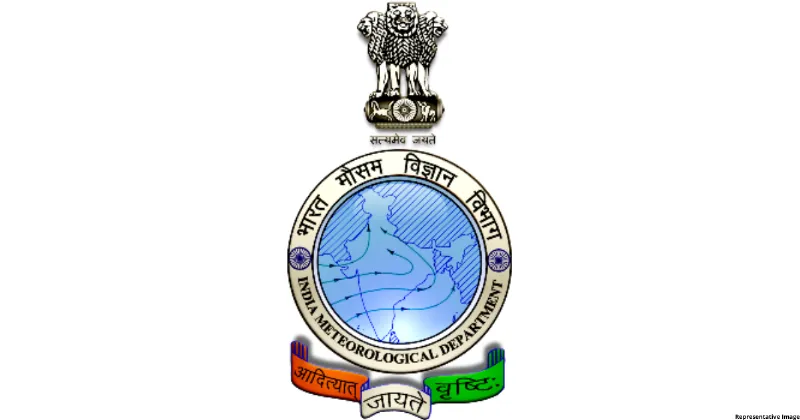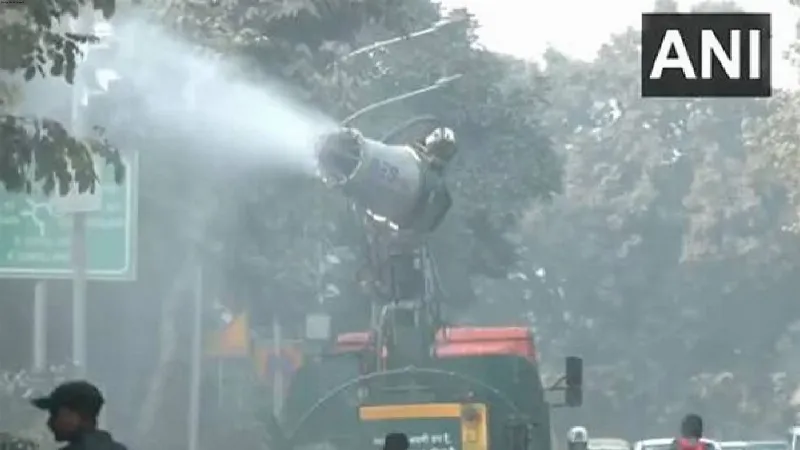Latest News
IAF chopper drops ISRO's 'Pushpak' Vimaan from 4.5 km altitude
.jpg)
New Delhi: In a significant mission, the Indian Air Force (IAF) collaborated with the Indian Space Research Organisation (ISRO) in the Pushpak Reusable Landing Vehicle (RLV) LEX 02 landing experiment and dropped the 'Pushpak' from an altitude of 4.5 km. The shuttle was dropped from 4.5 km above the earth to a runway in Karnataka's Chitradurga by IAF's Chinook helicopter, where the landing experiment was conducted earlier in the day.
The IAF shared a video from the inside of the chopper showing the shuttle being dropped towards the ground. In a post on X, the IAF stated, "Utilising the #IAF Chinook helicopter for its airlift and subsequent positioning at a predefined altitude and location, @isro successfully demonstrated the autonomous landing capability of the Reusable Launch Vehicle (RLV) 'PUSHPAK' as part of its RLV-LEX 2 mission." "Airlifted to an altitude of 4.5 km, the IAF Air Warriors were part of the successful mission. IAF heartily congratulates #ISRO on achieving this milestone. IAF will contribute and collaborate in the future on many such undertakings," it added.
Earlier in the day, the ISRO successfully conducted the Pushpak Reusable Landing Vehicle (RLV) LEX 02 landing experiment at the Aeronautical Test Range in Chitradurga on Friday. The RLV LEX 02 landing experiment is the second of a series of experiments conducted by the space agency. The test was conducted at 7.10 am today, according to a statement by ISRO. "ISRO nails it again. Pushpak (RLV-TD), the winged vehicle, landed autonomously with precision on the runway after being released from an off-nominal position," the space agency said in a tweet on social media platform X.
ISRO said that after the RLV-LEX-01 mission, which was accomplished last year, the RLV-LEX-02 demonstrated the autonomous landing capability of RLV off-nominal initial conditions at the release from a Chinook helicopter. The RLV was made to undertake more difficult manoeuvres with dispersions, correct both cross-range and down range and land on the runway in a fully autonomous mode.
"The winged vehicle, called Pushpak, was lifted by an Indian Air Force Chinook helicopter and was released from 4.5 km altitude. After release at a distance of 4 km from the runway, Pushpak autonomously approached the runway along with cross-range corrections. It landed precisely on the runway and came to a halt using its brake parachute landing gear brakes and nose wheel steering system," ISRO said.
The mission successfully simulated the approach and high-speed landing conditions of RLV returning from space, it said. "With this second mission, ISRO re-validated the indigenously developed technologies in the areas of navigation, and control systems. landing gear and deceleration systems are essential for performing high-speed autonomous landing of a space returning vehicle," ISRO said.
It added that the winged body and all flight systems used in RLV-LEX-01 were reused in the RLV-LEX-02 mission after due certification and clearances. "Hence, the reuse capability of flight hardware and flight systems is also demonstrated in this mission. Based on observations from RLV-LEX-01, the airframe structure and landing gear were strengthened to tolerate higher landing loads," ISRO said.















